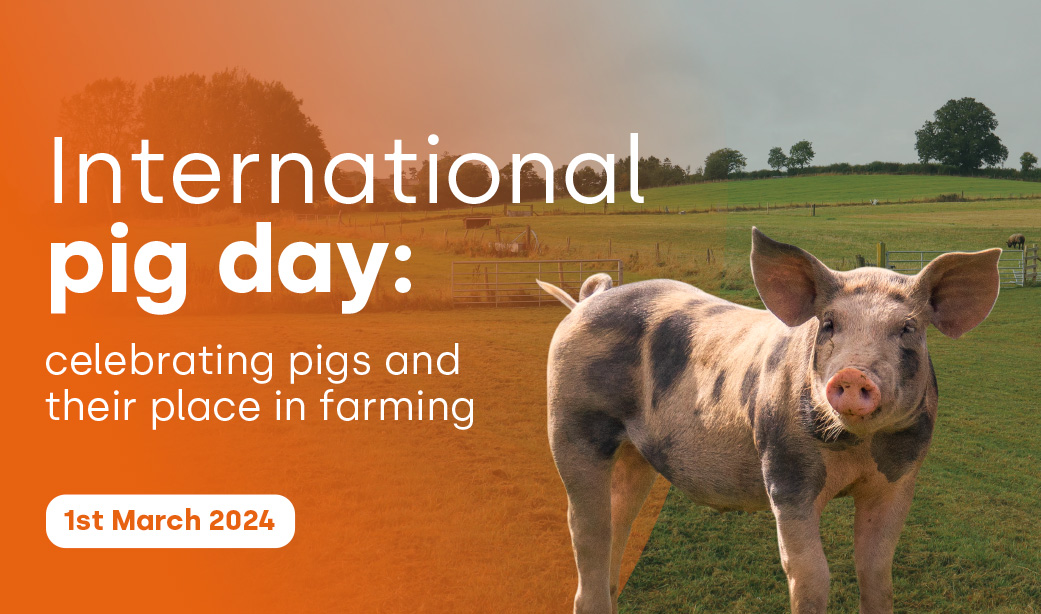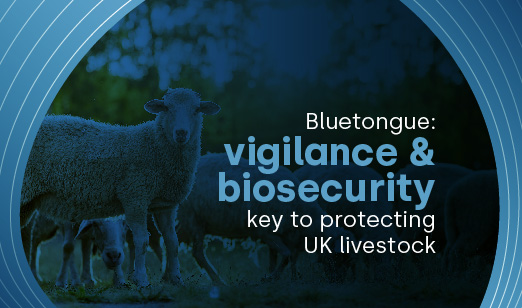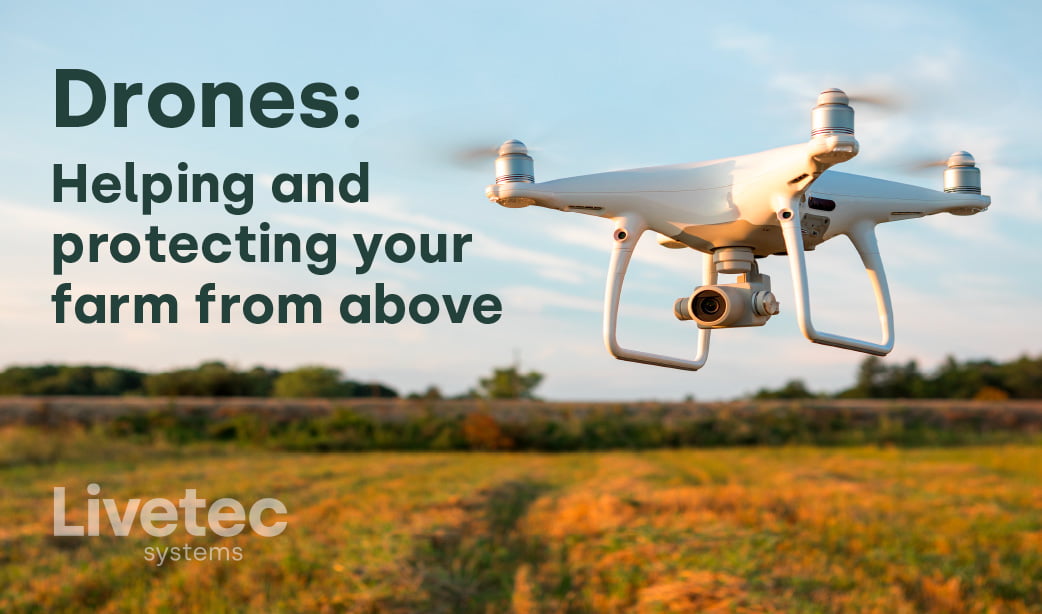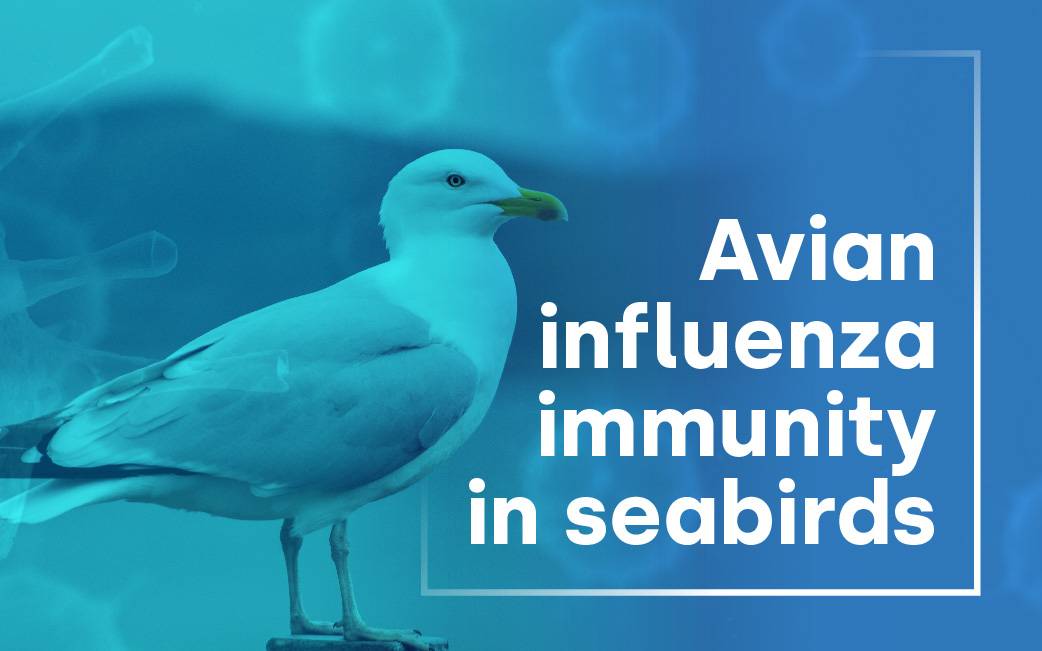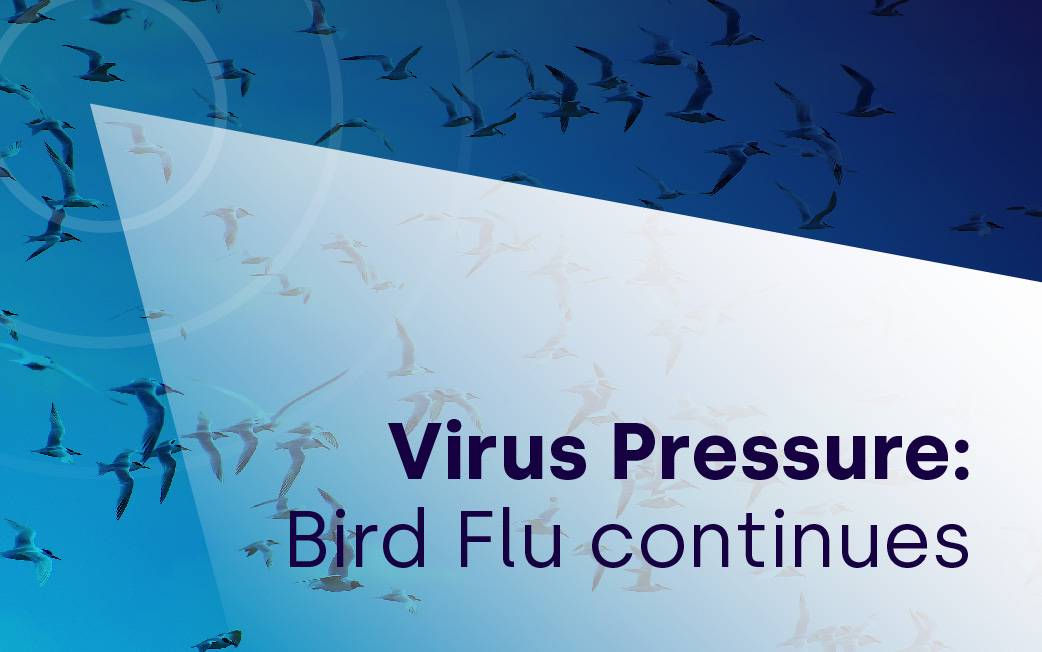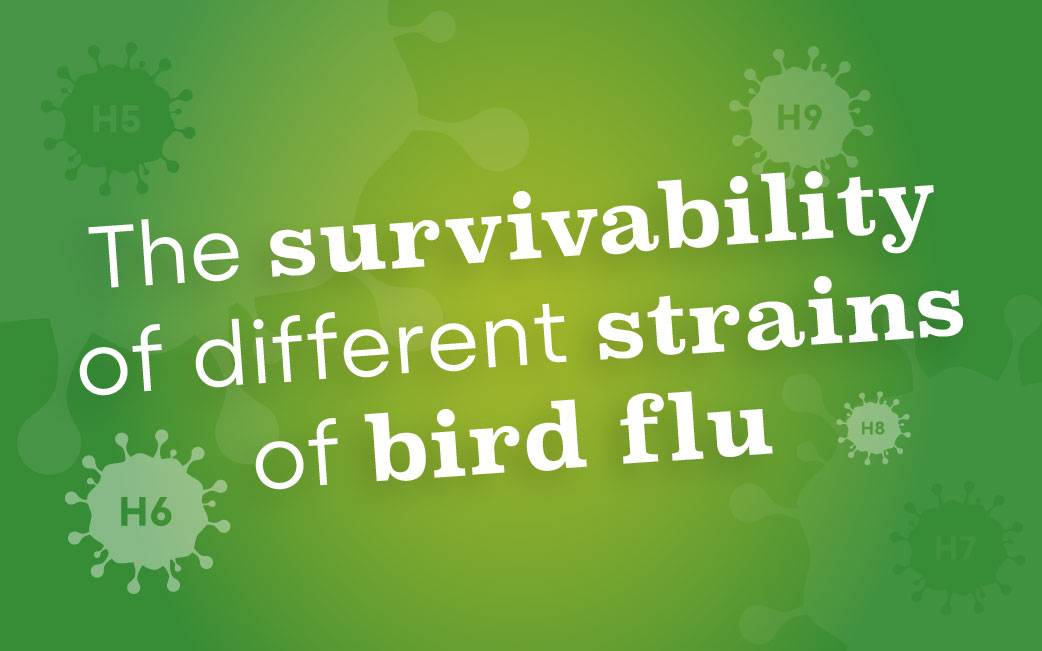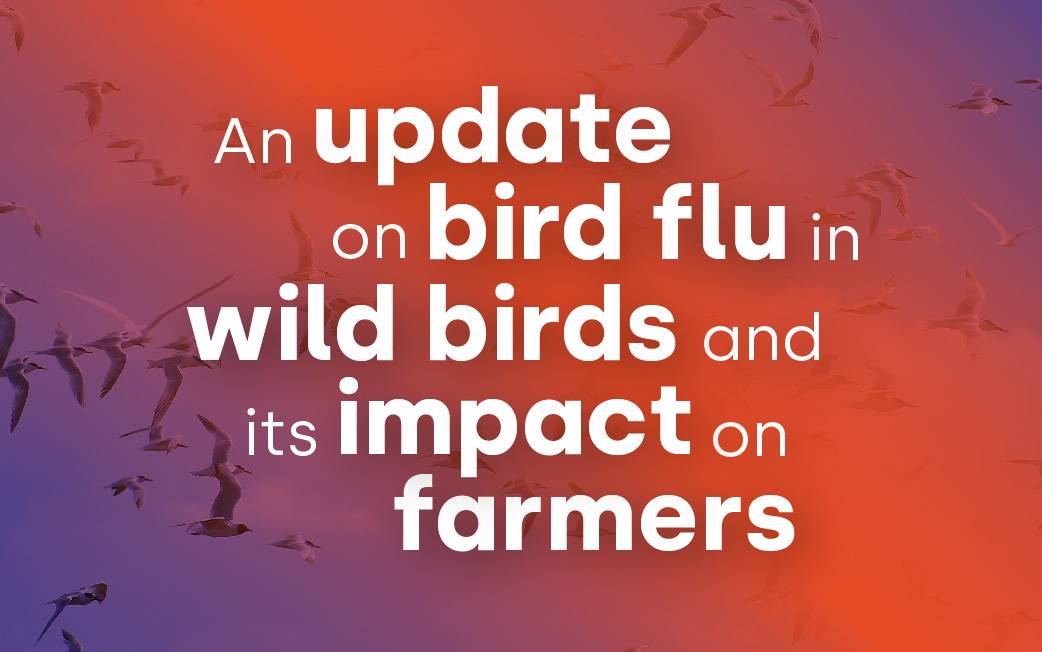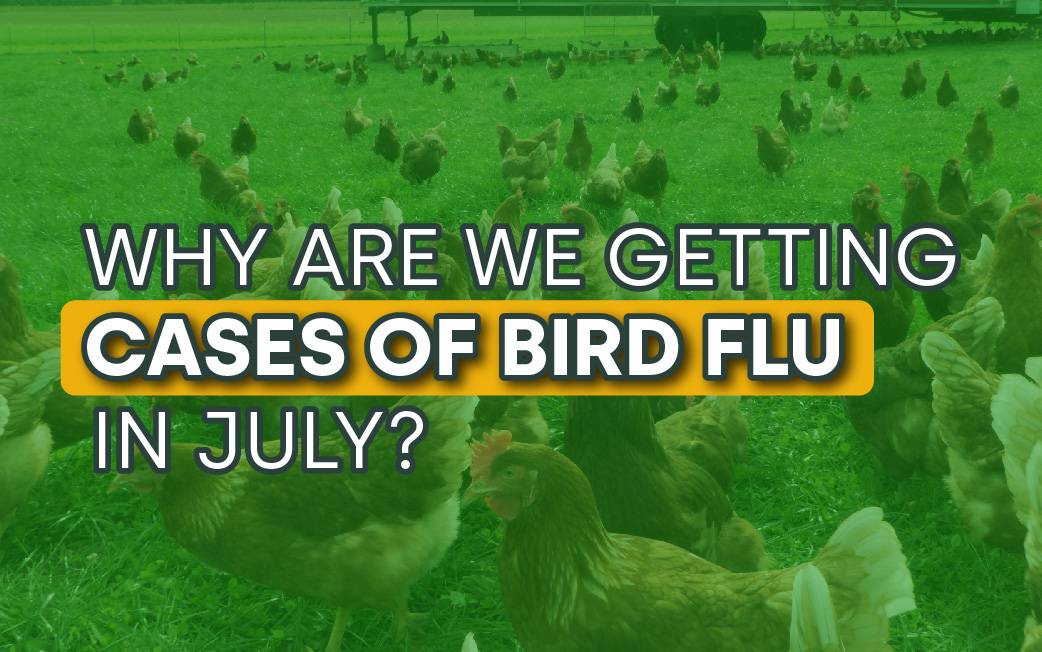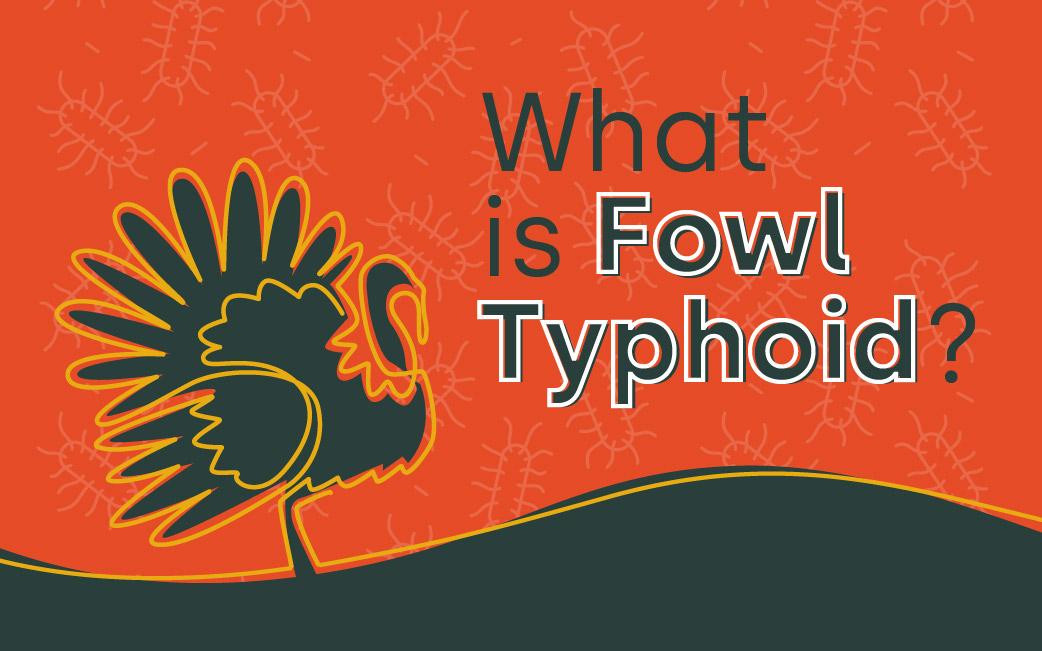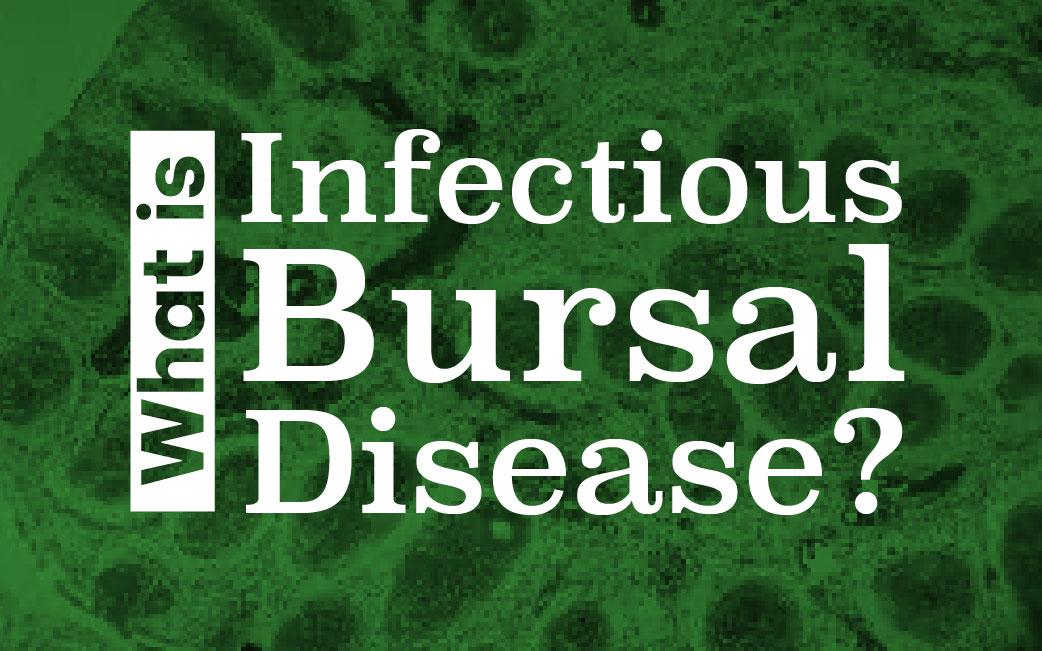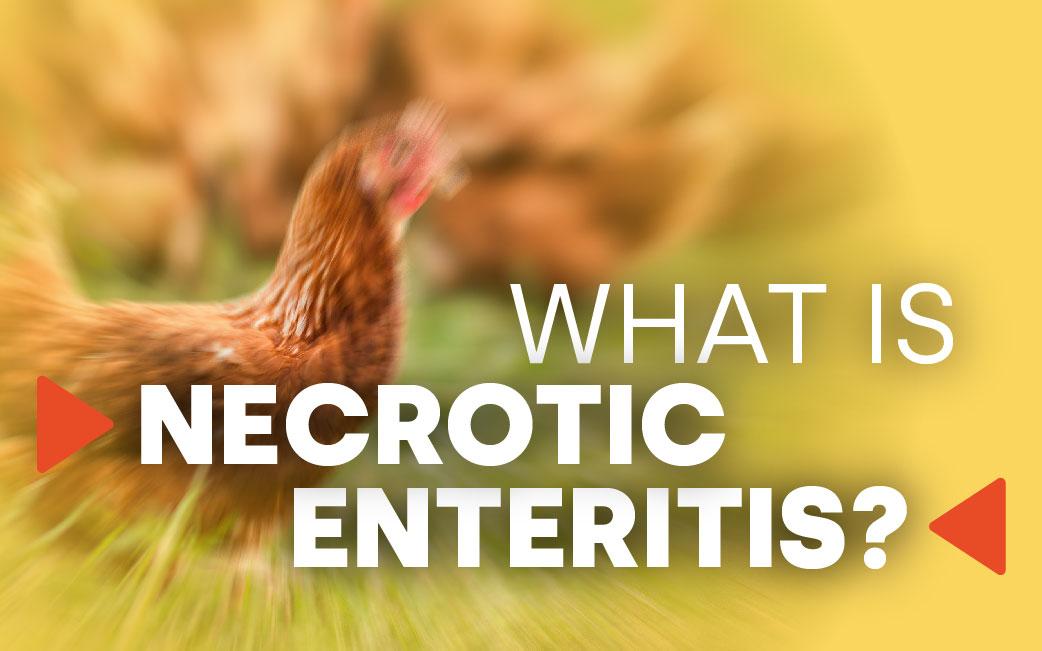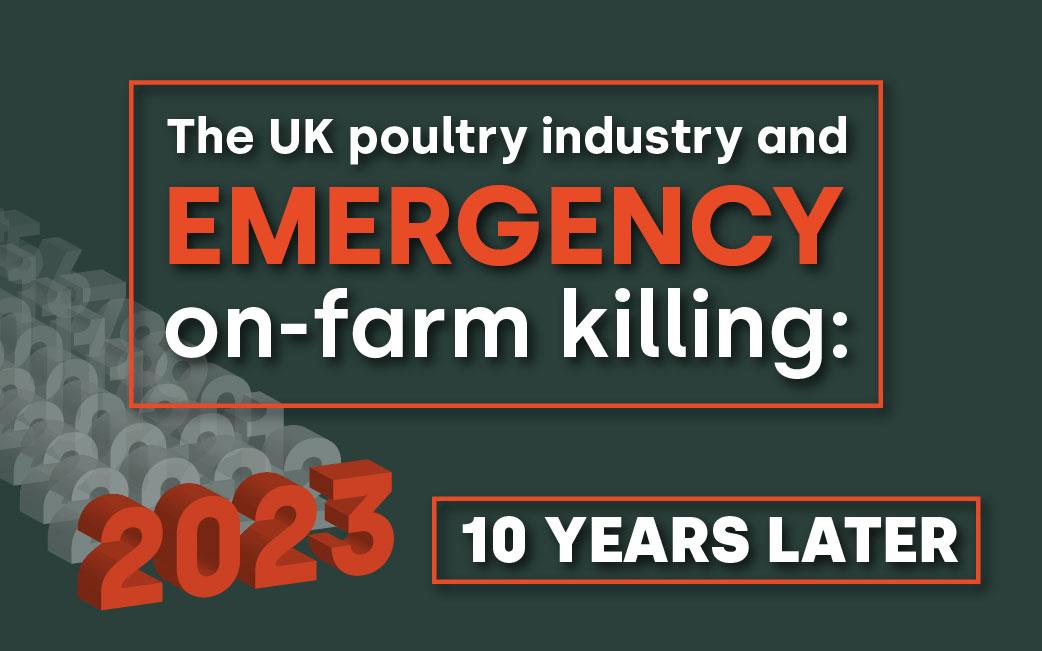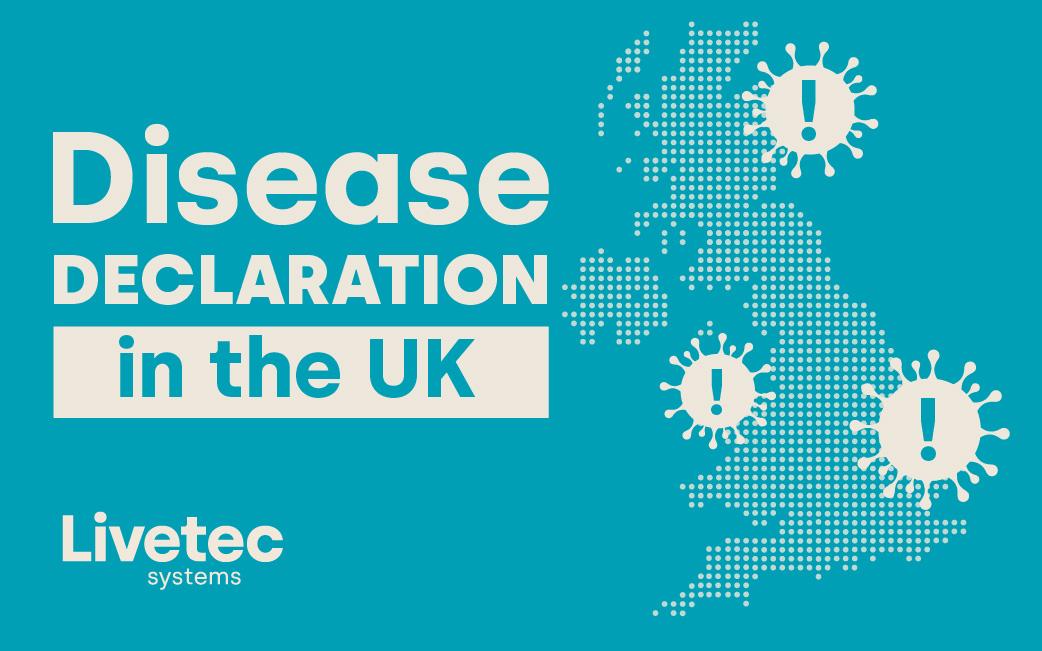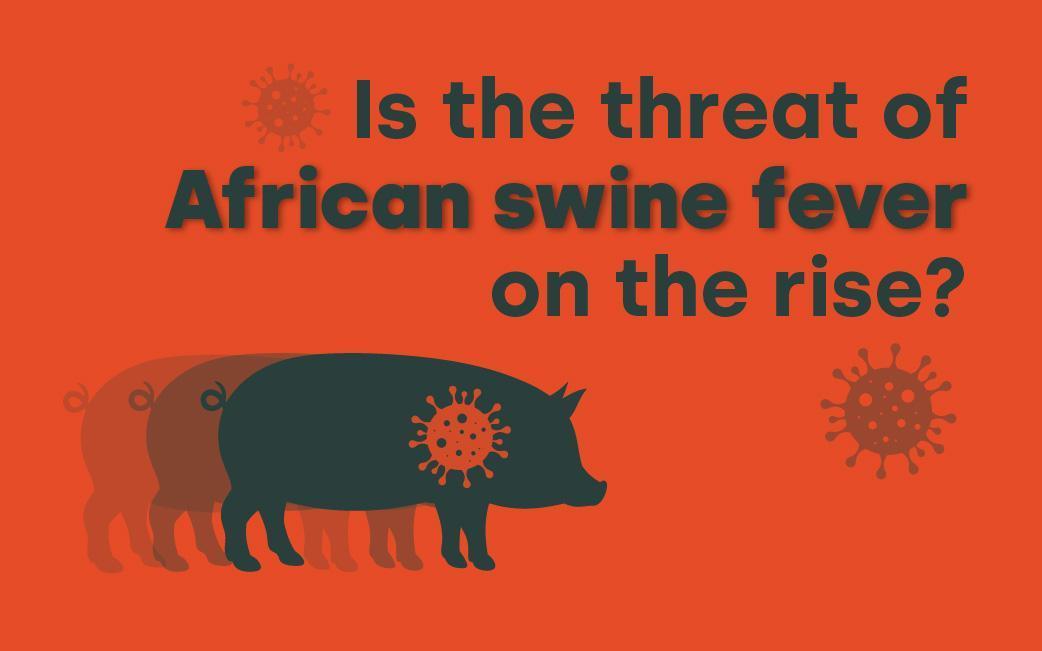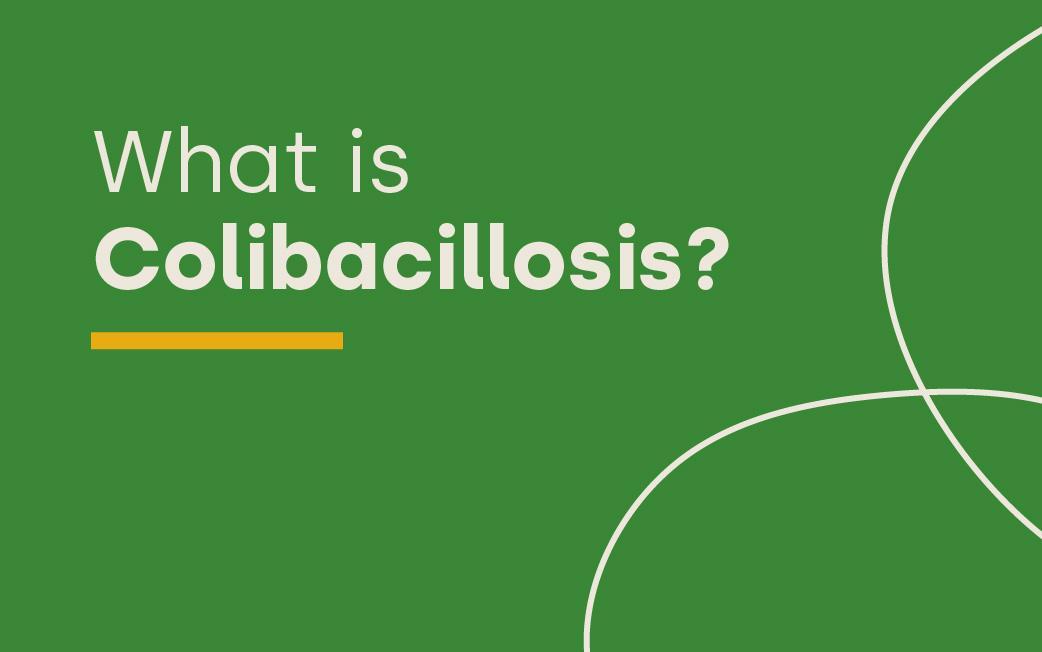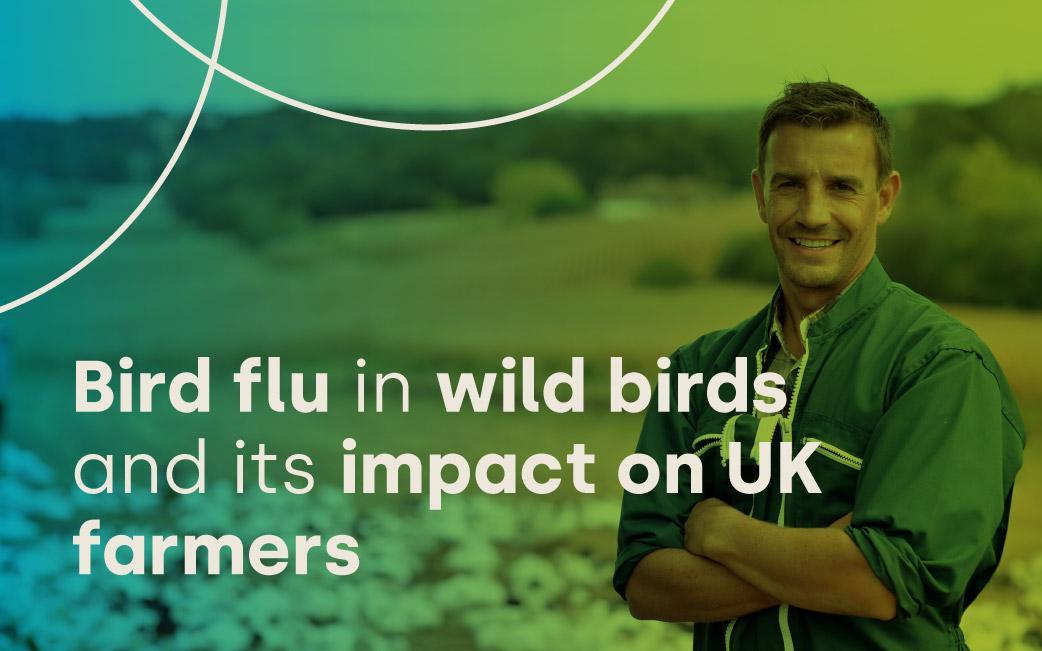A new strain of swine flu has been detected in humans in the UK. The A(H1N2)v virus was picked up during a routine flu screening in a patient who had been demonstrating respiratory symptoms.
Whilst the symptoms were mild and the patient has since recovered, the discovery highlights the ongoing threat posed by influenza viruses, particularly those of animal origin. Health officials are investigating the infection’s source, assessing its risk to human health, and increasing surveillance in parts of North Yorkshire, where the case was detected.
The A(H1N2)v virus is a subtype of the influenza A virus that usually circulates among pigs, typically causing nasal discharge, fever, depression and anorexia in the animals. In pigs, the disease is mostly controlled by vaccination, although antimicrobials may be required to treat any secondary infections. Unlike African swine fever, swine flu is not currently a notifiable disease, meaning that if suspected, farmers are not obligated to report it to authorities.
The concern in this case, is that the disease can jump species to humans. However, this is not the first time that it has happened, as the virus was first detected in pigs in Mexico in 2009, leading to a pandemic of human cases reported in North America, Europe, and Asia.
Importantly, the risk of human infection with the A(H1N2)v virus is considered to be low but health officials are concerned about the potential for the virus to mutate and become more easily transmissible between humans. There are also further concerns about the virus’ potential to cause more severe illness in humans.
How can we minimise the impact and spread of swine flu?
There’s no doubt that swine flu has a detrimental impact on farm operations. It slows down weight gain meaning delayed time scales in reaching market weight – but fortunately complications rarely develop to be more severe. However, because strains of swine flu are highly contagious, once it has entered a group of pigs, it can be impossible to stop transmission – so what measures can be taken to limit the chances of it entering the pig unit to begin with?
Vaccination is an effective preventive measure, but they have limitations, and are only effective against their respective sub-strain so this is not always a viable option.
This means our best defence against swine flu is effective biosecurity. This is a point emphasised by Dr. Christine Middlemiss, the UK’s Chief Veterinary Officer, who said:
“We know that some diseases of animals can be transferred to humans—which is why high standards of animal health, welfare, and biosecurity are so important.”
Spotting the symptoms of swine flu
Those that work with, or in close proximity to pigs face an increased risk of infection, making it vital for farm workers to take extra precautions. Those who have direct, close contact with pigs should be wary of the following symptoms:
- Fever
- Cough
- Sore throat
- Runny or stuffy nose
- Muscle or body aches
- Headaches
- Fatigue
- Vomiting and diarrhoea
How Livetec can help protect your workers and your pigs
Livetec helps farmers protect their animals from disease, and has been doing so for over a decade, and this protection applies to your workers, too.
Through our Biosecurity Advisory Service and Contingency Planning Service, we provide rigorous biosecurity protocols that are designed to prevent disease incursion from the front-gate.
Good biosecurity should be an integral part of your day-to-day operation: the health of your animals and your workers depends on it.
Start your journey to better livestock protection with our Biosecurity Advisory Service today – find out more or book a visit here.














